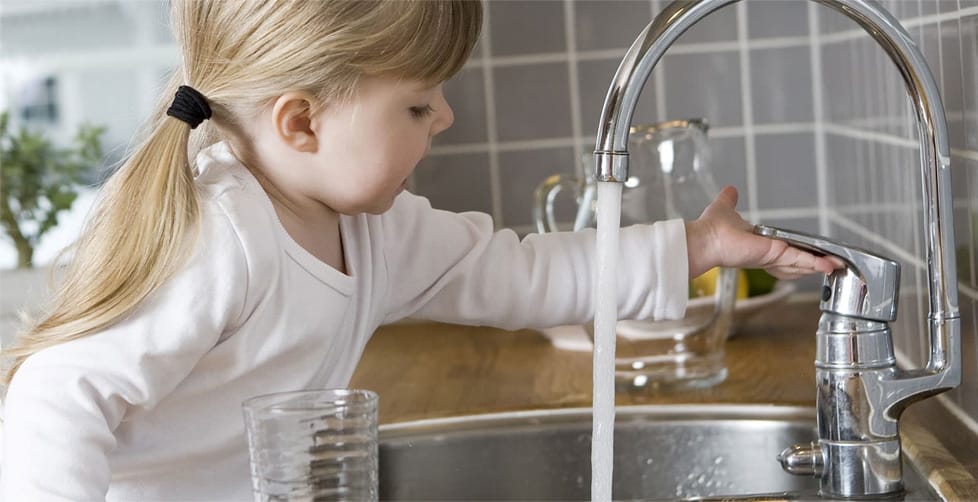Water Treatment
Unlock the Secret to Pristine Water with Ever Clean
Welcome to Ever Clean Water Treatment, where our mission is to deliver the purest water to your home . Understanding the significance of safe and clean water, we stand at the forefront of combating water contaminants, including the dangerous radon, ensuring your family’s well-being and elevating your home’s value.
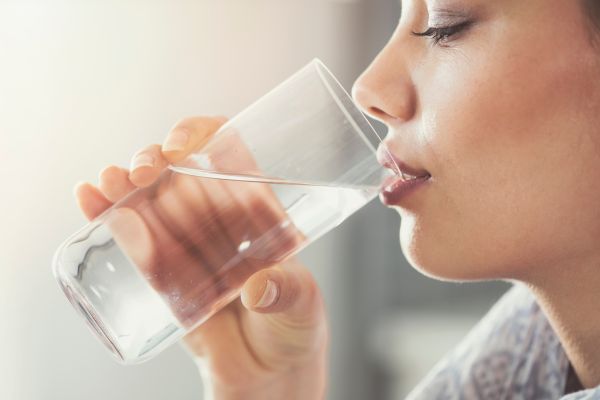
Why Water Treatment is Not Just a Choice, But a Necessity
Every homeowner dreams of a safe haven for their loved ones. However, often overlooked, the water running through our taps could be a carrier of invisible threats. Radon, a harmful gas that can dissolve into water, poses significant health risks when consumed or used daily. It’s here that Ever Clean steps in. With specialized equipment and over thirty years of expertise, we promise not just water treatment but a transformation of your living space into a zone of purity.
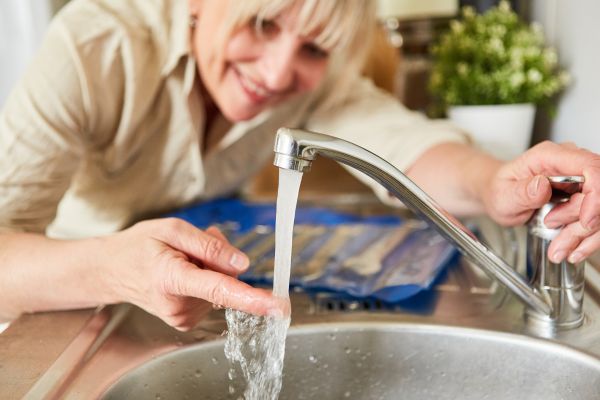
Customized Water Solutions That Fit Your Life
At Ever Clean, we believe in a tailor-made approach. Recognizing that each home has its unique challenges and needs, our skilled professionals dedicate themselves to devising water treatment plans that align perfectly with your lifestyle and schedule. Whether it’s at your residence or place of business, flexibility and convenience are the cornerstones of our service.
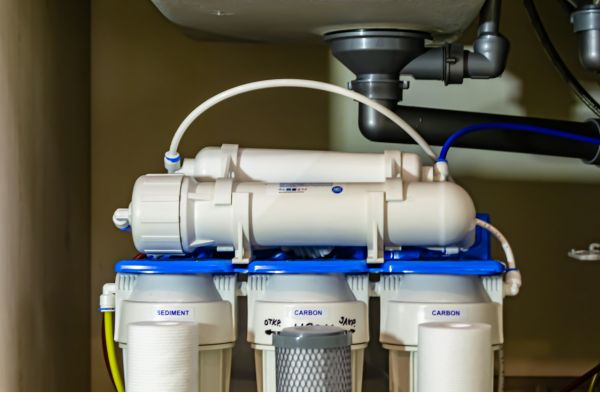
Advanced Technology Meets Personal Touch
What sets Ever Clean apart? It’s our blend of advanced water treatment technologies with the personal care and attention your home deserves. Our solutions are not only effective in eradicating radon and other waterborne contaminants but also come with the warm, personal touch that makes the journey towards cleaner water a pleasant and reassuring experience.
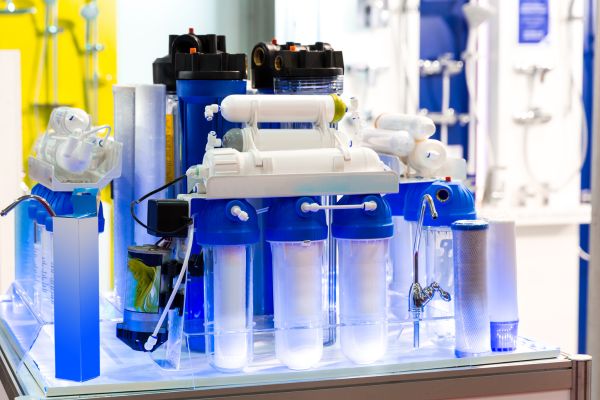
Reverse Osmosis: Precision Filtration at Your Fingertips
For those seeking an additional layer of purity, particularly for drinking and cooking, point-of-use reverse osmosis (RO) systems present an ideal solution. Designed to occupy minimal space, these systems fit neatly under the sink, clearing your water of heavy metals (including arsenic and uranium), chlorine, sediments, and certain microorganisms right at the tap.
Beyond their capacity to significantly improve water quality, point-of-use RO systems offer a sustainable and cost-effective alternative to bottled water. By eliminating the reliance on single-use plastic bottles, these systems not only contribute to environmental conservation but also provide a continuous supply of purified water, making them a practical and eco-friendly choice for enhancing your drinking water’s taste and purity.
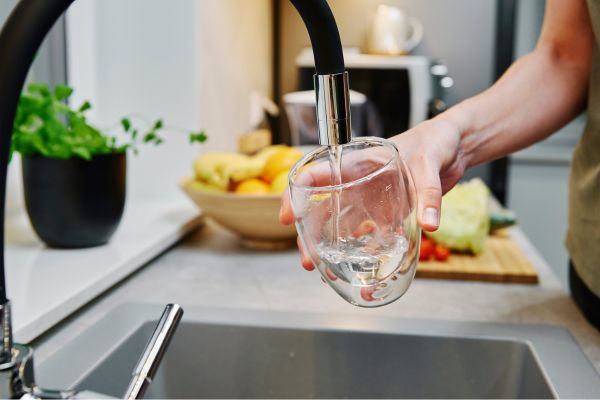
Your Home Deserves Comprehensive Water Quality Solutions
Choosing the right water treatment — whether it’s a robust whole-house system or a point-of-use RO setup — means not only elevating the water quality in your home but also investing in the health and well-being of your family. With practical and sustainable water solutions, transform your home into a sanctuary of purity and wellness.
Are you ready to explore the benefits of a whole-home water treatment system or the targeted purification that a reverse osmosis system can offer? Schedule a Free Estimate with us today and take the first step towards a home where every drop of water is as pure, safe, and refreshing as nature intended.
Elevate your home’s water quality, prioritize health, and enhance your living space’s functionality and value with state-of-the-art water treatment solutions designed for discerning homeowners like you.
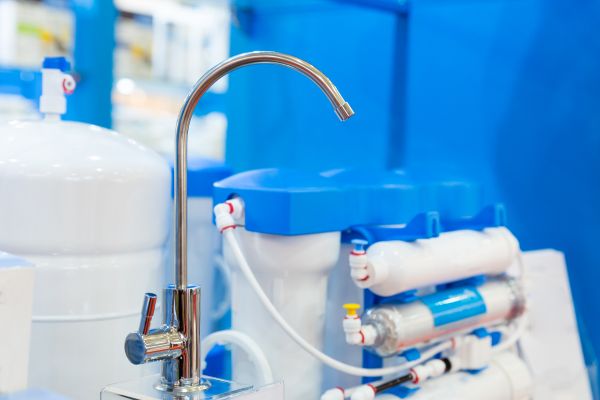
Engage with Experts You Can Trust
Our team of highly trained and experienced staff is our pride. With a deep understanding of water testing and treatment processes, we are equipped to guide you through finding the most efficient solution for your water concerns. Trust and transparency guide our every interaction, ensuring you’re informed and confident in the decisions made for your home.

Whole House Water Treatment: The Foundation of a Pure Home
Elevate Your Home’s Water Quality from the Ground Up
For homeowners prioritizing not just the quality but the wholesomeness of their living space, filtering water at a single point, like a singular tap, might not be enough. The most effective strategy for ensuring every drop of water in your home is pure involves adopting a whole-house water treatment system.
These comprehensive systems are engineered to tackle a broad spectrum of contaminants — from the hardness that affects your appliances and the chlorine that taints your water’s taste to more serious threats like radon, uranium, arsenic, and bacteria. Such pollutants not only undermine the longevity of your appliances but may also carry health risks, including the potential for serious illnesses.
Whole-house treatment systems are especially crucial for homes drawing water from private wells, where the risk of contaminants is higher. Yet, homes using municipal water supplies also stand to benefit significantly. By integrating a whole-house system with a specialized chlorine/chloramine reduction filter, you can achieve a more thorough removal of chlorine, chloramines, and the elements contributing to water hardness, ensuring your water is as pure as possible.

